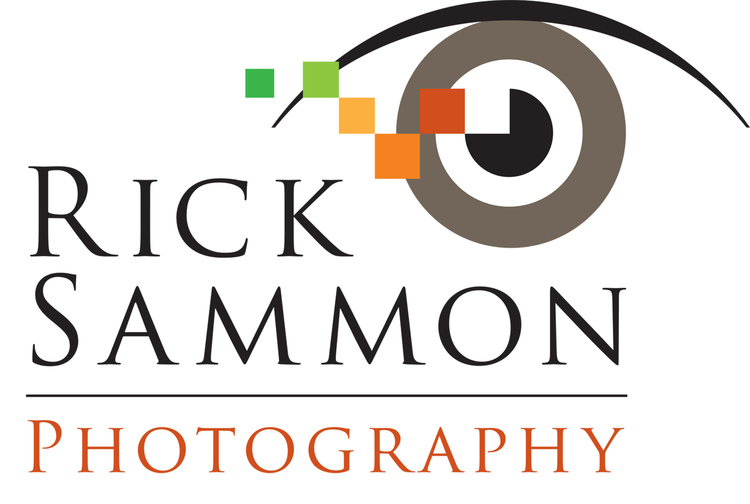Oh yeah! Before it was my turn to present, Dave Piazza illustrated the beautiful lighting effects that can be achieved with constant lights (Spyder Lights). So, it was Dave on constant lights and me on flash. :-)
The lighting for the above image was simple: We bounced my camera-mounted Canon Speedlite 580 EX flash into a Westcott large reflector, which softened and spread the light.
Here is one of my favorite images, shot by one of the participants. It started out as a color file, which I converted to black-and-white using Nik Software's Silver Efex Pro. I added the drop shadow and thin black line in Photoshop.
To soften the model's skin, I used this skin-softening technique in Photoshop:
- Duplicate the layer.
- Change the blending mode of the top layer to Overlay.
- Go to Filters > Others > High Pass.
- Press Command/I.
At this point, the entire top layer should be softly blurred.
- Use the eraser tool over the eyes and mouth to sharpen those areas.
Thanks to all the photographers who participated in this fun event! And thanks to our model, Laurence Yang, for helping to make the photographs look great. Tip: never underestimate the importance of a good subject.
I hope you can join some of my photographer friends in the other stops on the Top Pro Tour! You can save $20 by using this code when you register: TPT7231.
To learn more about lighting, check out my latest app, Light It!
Explore the light,
Rick
P.S. You can get a 15% discount on Silver Efex Pro, and all Nik plug-ins, here.
